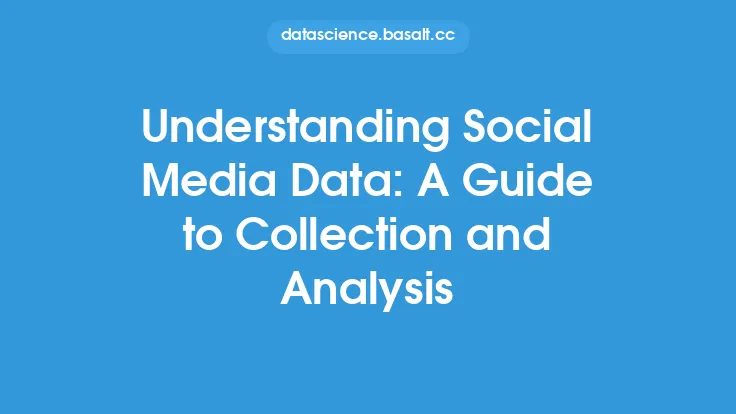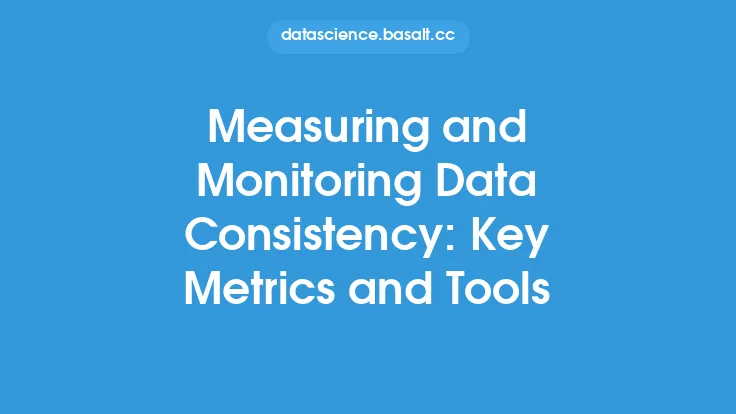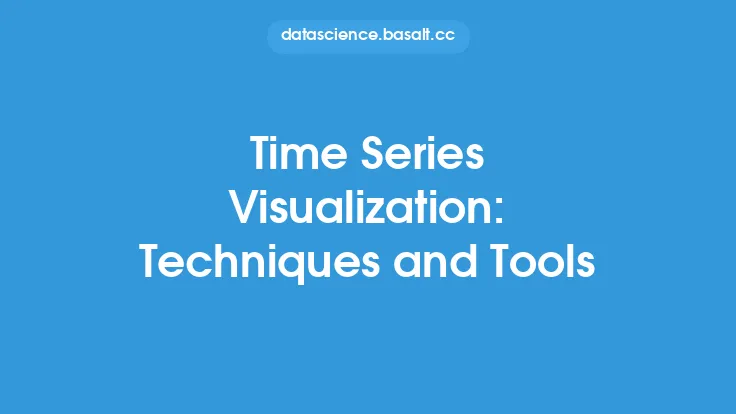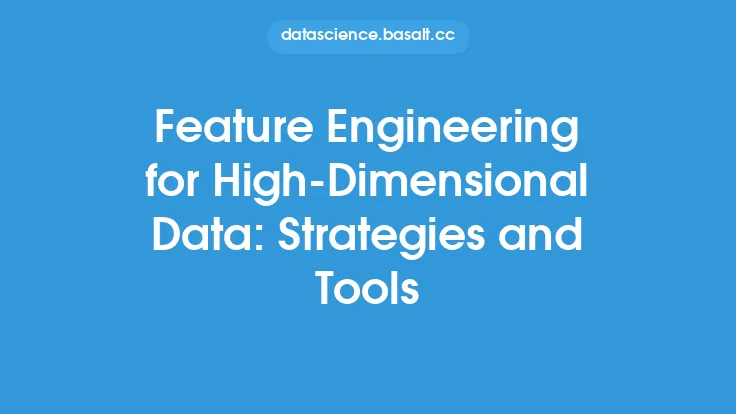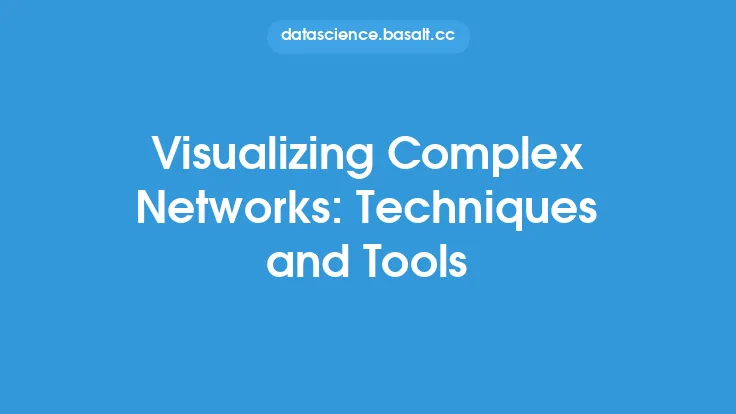Survey data analysis is a crucial step in the survey research process, as it enables researchers to extract meaningful insights and conclusions from the collected data. The primary goal of survey data analysis is to identify patterns, trends, and relationships within the data, which can inform decision-making, policy development, and strategic planning. In this article, we will delve into the various techniques and tools used in survey data analysis, highlighting their applications, advantages, and limitations.
Introduction to Survey Data Analysis Techniques
Survey data analysis involves a range of techniques, from descriptive statistics to advanced statistical modeling. Descriptive statistics, such as means, medians, and standard deviations, provide an overview of the data distribution and central tendency. Inferential statistics, including hypothesis testing and confidence intervals, enable researchers to make inferences about the population based on the sample data. Additionally, data visualization techniques, such as bar charts, histograms, and scatter plots, help to communicate complex data insights effectively.
Data Preparation and Cleaning
Before analyzing survey data, it is essential to ensure that the data is accurate, complete, and consistent. Data preparation and cleaning involve checking for missing values, outliers, and errors, as well as transforming and coding variables to facilitate analysis. Data cleaning techniques, such as data imputation and data transformation, can help to address issues related to missing data and non-normal distributions. Furthermore, data validation techniques, including data verification and data certification, can help to ensure that the data is accurate and reliable.
Statistical Analysis Techniques
Statistical analysis techniques are used to identify relationships, patterns, and trends within the survey data. Correlation analysis, regression analysis, and factor analysis are commonly used techniques in survey data analysis. Correlation analysis measures the strength and direction of the relationship between two variables, while regression analysis models the relationship between a dependent variable and one or more independent variables. Factor analysis, on the other hand, reduces the dimensionality of large datasets by identifying underlying factors or constructs.
Data Mining and Machine Learning Techniques
Data mining and machine learning techniques are increasingly being used in survey data analysis to identify complex patterns and relationships. Cluster analysis, decision tree analysis, and neural network analysis are examples of data mining techniques that can be applied to survey data. These techniques can help to identify segments, predict outcomes, and classify respondents based on their characteristics and behaviors. Additionally, machine learning algorithms, such as random forests and support vector machines, can be used to develop predictive models that forecast future outcomes or behaviors.
Survey Data Analysis Tools
A range of tools and software are available for survey data analysis, including statistical software packages, data visualization tools, and survey analysis platforms. Popular statistical software packages include R, SPSS, and SAS, which offer a wide range of statistical analysis techniques and data visualization tools. Data visualization tools, such as Tableau and Power BI, enable researchers to create interactive and dynamic visualizations that facilitate data exploration and communication. Survey analysis platforms, such as SurveyMonkey and Qualtrics, provide integrated tools for survey design, data collection, and data analysis.
Best Practices for Survey Data Analysis
To ensure that survey data analysis is accurate, reliable, and effective, it is essential to follow best practices. These include carefully evaluating the quality of the data, selecting appropriate analysis techniques, and interpreting results in the context of the research question or hypothesis. Additionally, researchers should consider issues related to data privacy, confidentiality, and ethics, particularly when working with sensitive or personal data. By following best practices and using appropriate techniques and tools, researchers can unlock the full potential of survey data analysis and gain valuable insights that inform decision-making and strategic planning.
Common Challenges in Survey Data Analysis
Despite the many advances in survey data analysis, there are several common challenges that researchers face. These include dealing with missing data, addressing non-response bias, and handling complex or nested data structures. Additionally, researchers may encounter challenges related to data quality, such as errors or inconsistencies in the data. To overcome these challenges, researchers can use techniques such as data imputation, weighting, and bootstrapping, as well as advanced statistical modeling techniques, such as multilevel modeling and structural equation modeling.
Future Directions in Survey Data Analysis
The field of survey data analysis is constantly evolving, with new techniques, tools, and technologies emerging all the time. Future directions in survey data analysis include the increased use of artificial intelligence and machine learning, as well as the integration of survey data with other data sources, such as social media and administrative data. Additionally, there is a growing recognition of the importance of data visualization and communication in survey data analysis, as well as the need for more nuanced and contextualized approaches to data analysis. By embracing these future directions, researchers can stay at the forefront of survey data analysis and continue to extract meaningful insights and conclusions from survey data.
